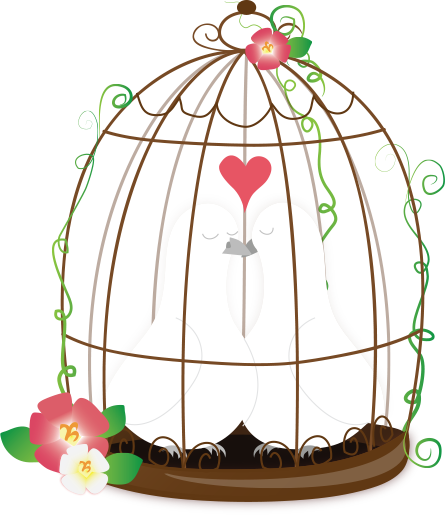For many years, straw hats have synonymous with the summer season, leisure, and effortless elegance. From the sun-soaked beaches of the Mediterranean to the busy avenues of urban fashion, these versatile accessories transcend their practical origins to become enduring symbols of fashion. Their lightweight construction and breathable material make them ideal for sunny days, but their appeal goes far beyond just being functional; straw hats embody a sense of simple elegance and charm that has truly captured the hearts across generations.
The evolution of straw hats is a fascinating journey through culture, the art of crafting, and creativity. Born out of necessity and utility, these hats were originally crafted to shield from the harsh sun, but they soon became fashionable items worn by the upper class and working class alike. This article delves into the rich history of straw hats, investigating how they evolved from humble beginnings into iconic pieces that still to grace runways and sidewalks, showcasing their timeless appeal and versatility.
Ancient Roots and Societal Significance
The straw hat has its origins embedded in ancient civilizations where it served not only practical and symbolic roles. Archaeological evidence suggests that various forms of hay hats were worn by farming communities in areas such as Egypt and ancient China as long ago as four thousand years in the past. These early designs were crafted from easily available resources, primarily grasses and stems, effectively providing shade and shelter from the intense relentless heat for laborers in the farmlands.
As time progressed, straw hats evolved into emblems of status and identity within various societies. In Italian culture, for example, the notable straw boating hat became associated with the upper society and leisure activities during the 19th century. This transition highlighted not only the functional aspects of straw headwear but also their ability to convey fashion and social standing, distinguishing wearers as part of particular groups or lifestyles.
In addition to their utility and status representation, straw headwear also carry important symbolic meanings across various societies. For numerous native peoples, straw headwear hold religious and ritual significance, often symbolizing a link to nature and heritage. In parts of Japan, the traditional kasa, a type of straw headwear, is associated with farmers and has become a symbol of rural life. Thus, the straw headwear transcended being just an ornament, becoming an essential part of cultural heritage throughout history.
Materials and Craftsmanship
Straw headwear are traditionally crafted from a variety of natural materials, which contribute to their light and breathable nature. Common materials include barley straw, rice straw, and palm leaves. Each type of straw offers its distinct texture and durability, affecting the hat’s general appearance and functionality. Wheat straw is particularly popular, known for its bendability and softness, making it simpler to shape into different styles. Meanwhile, palm leaves are often used for their sturdiness, allowing for the making of more structured designs.
The craftsmanship involved in making straw hats is an intricate art that has been passed down through generations. Often, artisans begin by preparing the raw straw, which involves immersing, drying, and sometimes coloring it to achieve the desired color. Once ready, the straw is carefully woven or braided into to form the hat’s body. This process demands a keen eye for detail and an understanding of the material’s properties, ensuring that the final product is both beautiful but also functional. Craftsmanship varies considerably from region to region, with each culture bringing its unique techniques and patterns.
In modern times, while machines has brought efficiency into the production of straw hats, traditional handmade techniques are nonetheless celebrated and sought after. Many artisans persist to use age-old methods to craft one-of-a-kind and high-quality hats, highlighting the significance of preserving this element of cultural heritage. straw hat The blend of traditional craftsmanship with modern designs has resulted in a resurgence in the popularity of straw hats, cementing them as classic accessories that bridge the gap between heritage and current fashion.
Contemporary Fashion and Trends
In current fashion, the wicker hat has made a notable comeback, changing from its original roots to embody a flexible accessory for various styles. Designers have integrated straw hats into seasonal collections, showcasing a wide range of styles from large-brimmed sun hats to smooth fedoras. This resurgence is often seen in both high-end fashion shows and casual streetwear, allowing individuals to express their personal style while maintaining a connection to classic elegance.
The adaptability of straw hats extends beyond just aesthetics. They are now crafted using eco-friendly materials, appealing to sustainability-minded consumers. Many brands focus on green production practices, aligning with a broader trend of environmental responsibility in fashion. This change not only extends the appeal of straw hats but also enhances their status as a fashionable choice that contributes to a more ethical industry.
Social media have played a crucial role in elevating straw hats among younger. Fashion influencers and fashion enthusiasts regularly showcase how to integrate straw hats into everyday outfits, whether at the beach, during concerts, or in city settings. This exposure has further solidified the straw hat’s status as a staple in modern wardrobes, reminding us that elegance can be both stylish and practical.
